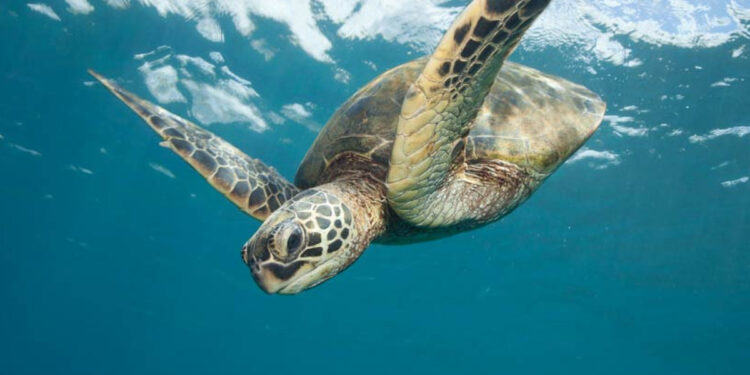In the vast realm of the animal kingdom, certain creatures often blur the lines between classifications, leaving us intrigued and questioning their true nature. One such enigma that has sparked curiosity for generations is the humble turtle. The question that frequently arises is whether a turtle is a reptile or an amphibian. In this comprehensive exploration, we will delve into the distinctive features, habitats, and characteristics of turtles, aiming to unveil the mystery and provide clarity on their taxonomic identity.
Understanding Taxonomy: Turtles’ Place in the Animal Kingdom
To comprehend the classification of turtles, we must first navigate the intricate world of taxonomy. Turtles belong to the class Reptilia, a group that also includes snakes, lizards, and crocodiles. Despite their aquatic tendencies, turtles are not classified as amphibians, which form a separate class characterized by their unique life cycles and dual habitat preferences.
What is it About a Turtle That Makes it a Reptile?
Refer to the following chart to find out what exactly makes a turtle a reptile and not an amphibian.
Reptiles |
Amphibians |
| This class includes animals that dwell on land (snakes, lizards, tortoises); mostly in water (turtles); and on both land and water (crocodiles and alligators). There is no such thing as an immature (larval) aquatic stage in reptiles. | Frogs, toads, newts, salamanders, and caecilians are members of this class; they typically have an aquatic larval stage (e.g., tadpole) followed by a terrestrial adult stage. |
| Breathe Using the lungs | Breathe using gills at the larval stage and with the lungs during adulthood |
| Have dry, scaly skin | Have smooth skin. Adults also use the skin as a secondary breathing organ. |
| Lay their eggs on land. These eggs have shells | Normally lay eggs in water. These eggs are surrounded by a gelatinous covering. |
Shell Shock: The Defining Feature of Turtles
When pondering the identity of a turtle, the iconic shell becomes a pivotal element in the classification process. The shell, a bony or cartilaginous structure, serves as both a protective shield and a distinctive feature that sets turtles apart from other reptiles and amphibians. This defining characteristic firmly places turtles within the reptilian category.
Aquatic Abodes: Turtles’ Preferred Habitats
While amphibians are renowned for their dual lifestyle, dividing their time between water and land, turtles exhibit a preference for aquatic environments. Turtles are well-adapted to aquatic life, with many species spending a significant portion of their existence submerged in water. This aquatic inclination aligns with reptilian traits, further affirming their classification within the reptile class.
Comparison Of Reptile and Amphibian Characteristics
| Characteristic | Reptile | Amphibian |
| Vertebrate | y | y |
| Ectothermic (cold-blooded) | y | y |
| Eggs with shells | y | n |
| Scaly skin | y | n |
| Water-permeable skin | n | y |
| Breathe with lungs for entire life | y | n |
| Undergo metamorphosis | n | y |
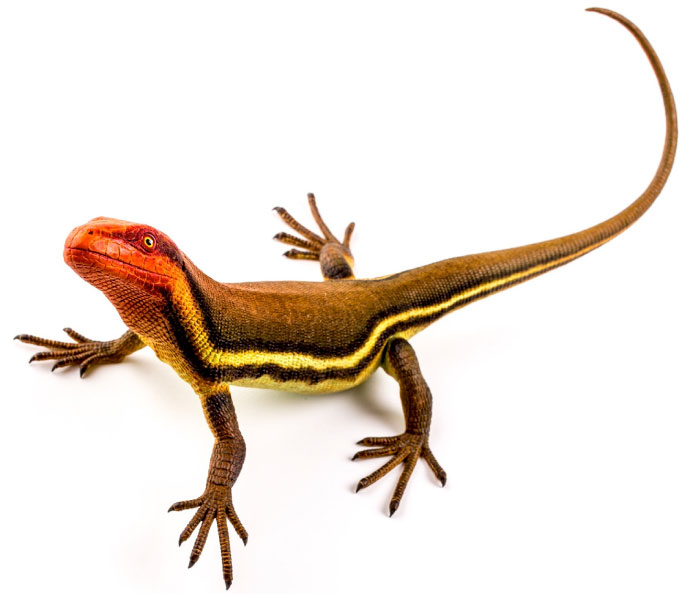
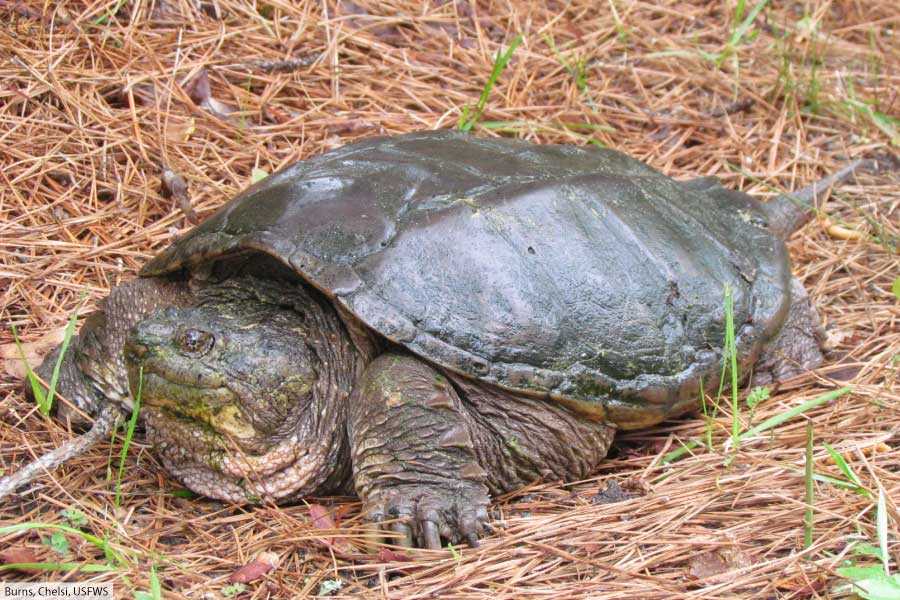
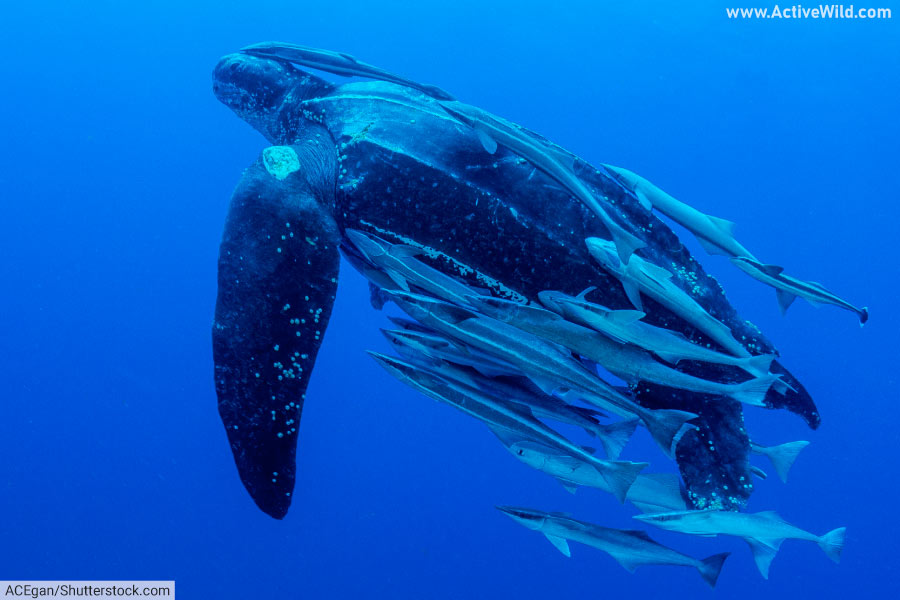

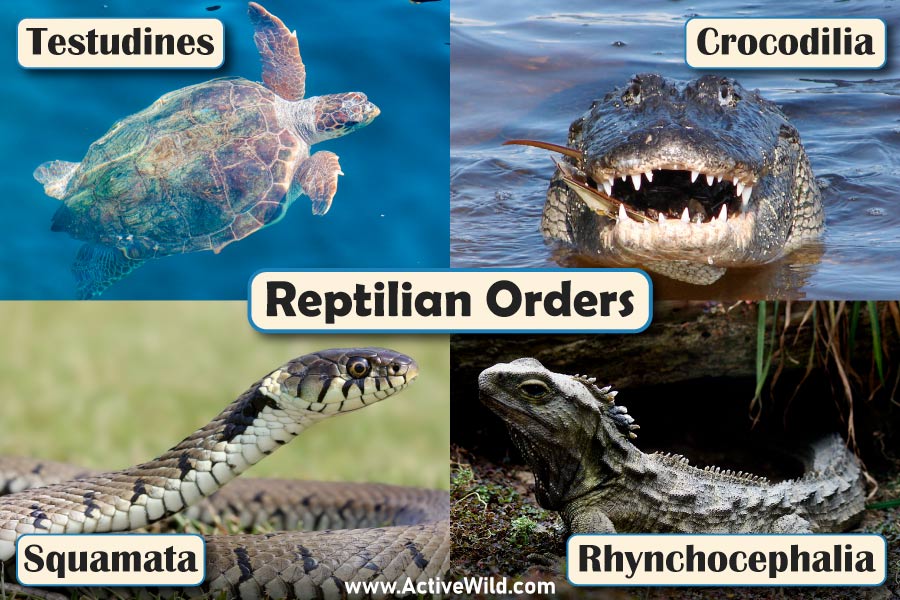
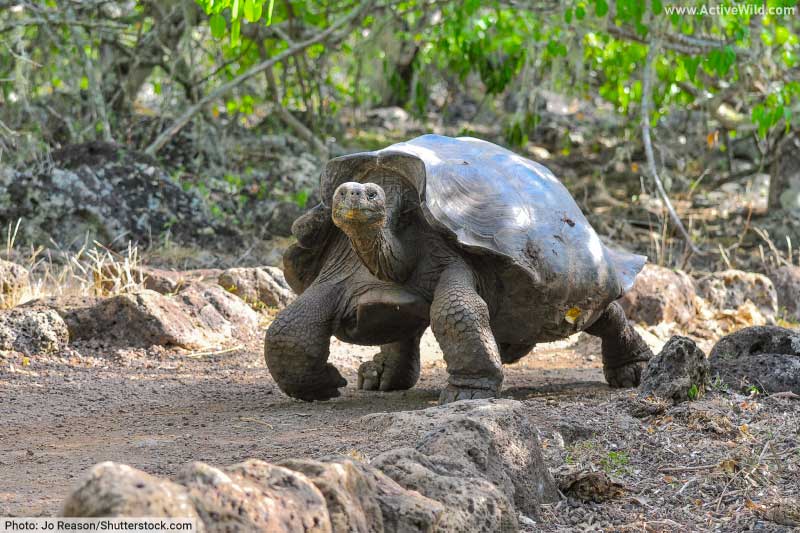
Cold-Blooded Companions: Turtles and Reptilian Traits
Another crucial aspect contributing to the reptilian classification of turtles is their cold-blooded nature. Like their reptilian counterparts, turtles rely on external sources of heat to regulate their body temperature. This cold-blooded characteristic strengthens the connection between turtles and the broader reptilian family, reinforcing their status as reptiles rather than amphibians.
Evolutionary Insights: Tracing Turtles’ Ancestral Roots
To gain a deeper understanding of turtles’ classification, it is essential to explore their evolutionary history. Fossil records indicate that turtles share a common ancestry with reptiles, showcasing a lineage that diverged from other vertebrates over 200 million years ago. This evolutionary journey provides compelling evidence for their reptilian identity, firmly anchoring them in the reptile class.
The Amphibian Illusion: Dispelling Common Misconceptions
While turtles may occasionally share habitats with amphibians and exhibit some traits reminiscent of their amphibious counterparts, it is crucial to dispel the notion that turtles are amphibians. Amphibians undergo metamorphosis, transitioning through distinct life stages, including larval forms such as tadpoles. Turtles, on the other hand, lack this metamorphic process, underscoring their reptilian classification.
Environmental Adaptations: Turtles’ Unique Survival Strategies
Turtles showcase a remarkable array of adaptations that contribute to their survival in diverse environments. From the impressive ability to retract their limbs and head within their shells to their streamlined bodies for efficient swimming, these adaptations align more closely with reptilian strategies for thriving in varied ecosystems.
Navigating Taxonomic Debates: Turtles as a Case Study
While the classification of turtles as reptiles is widely accepted in the scientific community, taxonomic debates persist, with some proposing alternative viewpoints. However, it is crucial to recognize the preponderance of evidence supporting the reptilian classification, including genetic studies, embryological development observations, and shared physiological traits with other reptiles.
Conservation Significance: Understanding Turtles to Ensure Their Survival
Beyond the taxonomic debate, acknowledging turtles as reptiles holds considerable importance for their conservation. Recognizing their specific needs and ecological roles allows for targeted conservation efforts, ensuring the preservation of these unique creatures and the ecosystems they inhabit.
Conclusion: The Reptilian Identity of Turtles Unveiled
In conclusion, the age-old question of whether a turtle is a reptile or an amphibian finds its resolution in the realm of reptilian classification. The distinctive features, evolutionary history, and survival strategies of turtles collectively affirm their identity as reptiles. By navigating the intricate landscape of taxonomy and dispelling common misconceptions, we can appreciate the unique contribution of turtles to the rich tapestry of the animal kingdom. Embracing their reptilian nature not only enhances our understanding of turtles but also paves the way for informed conservation initiatives, ensuring the continued existence of these fascinating creatures.


